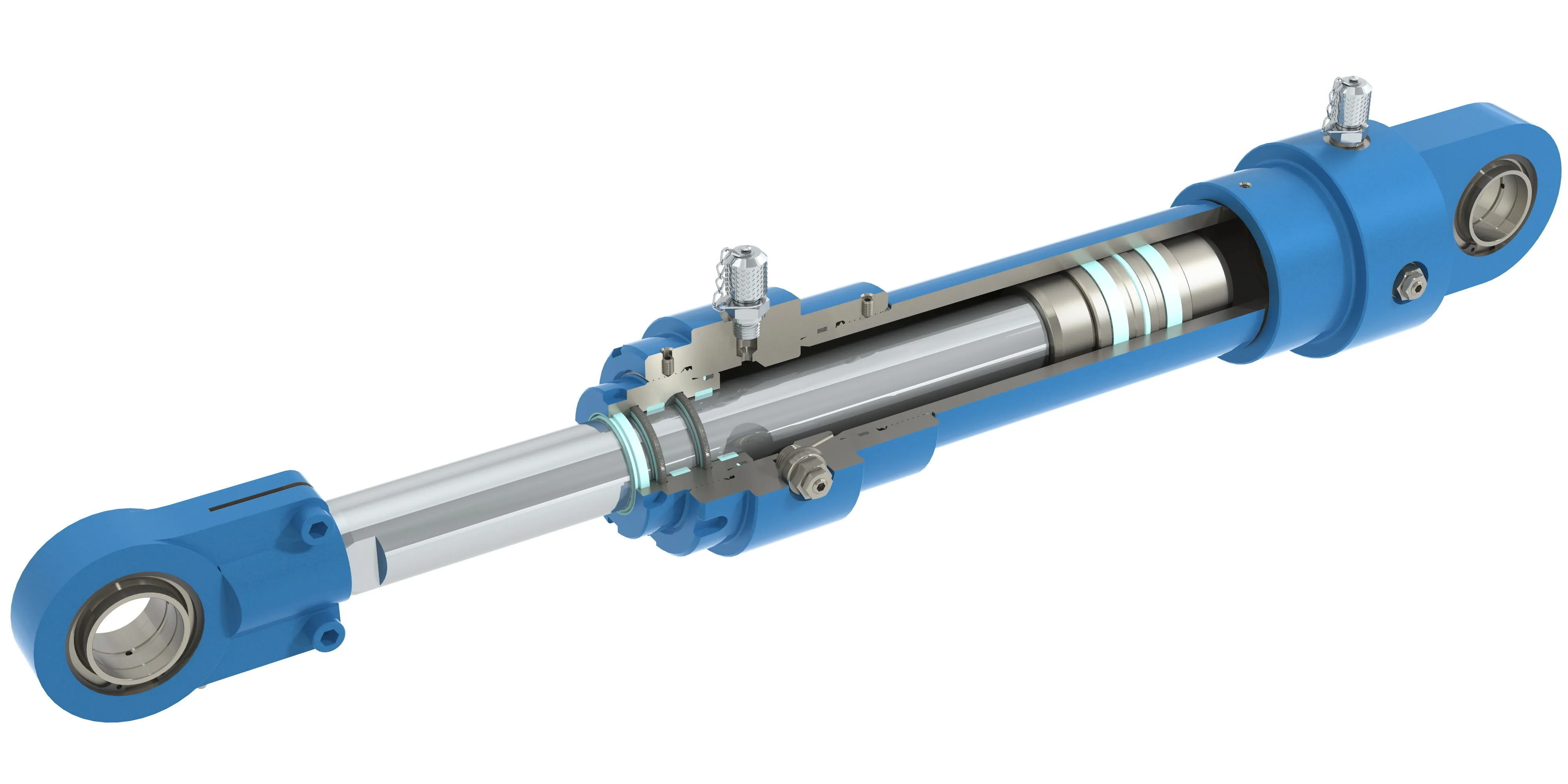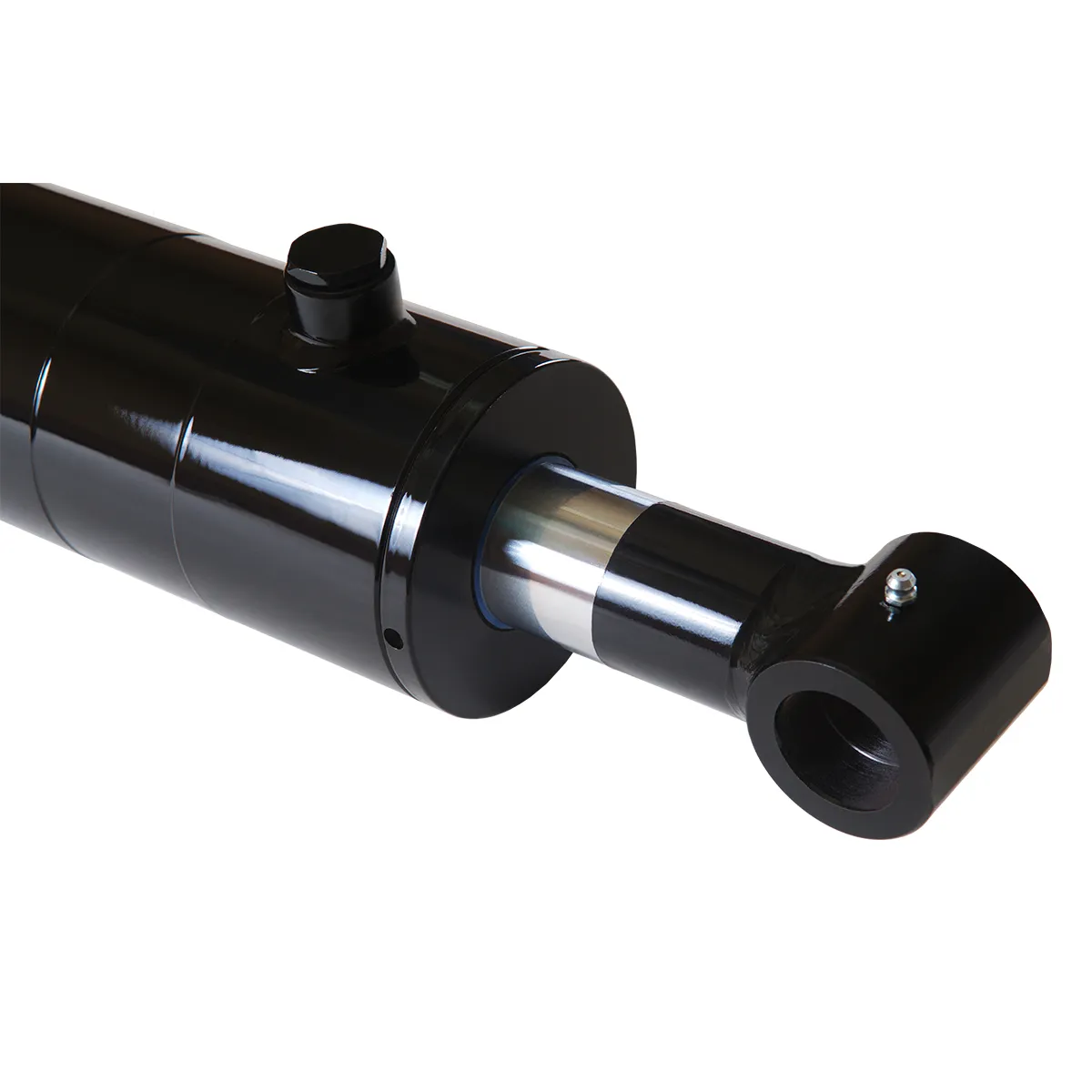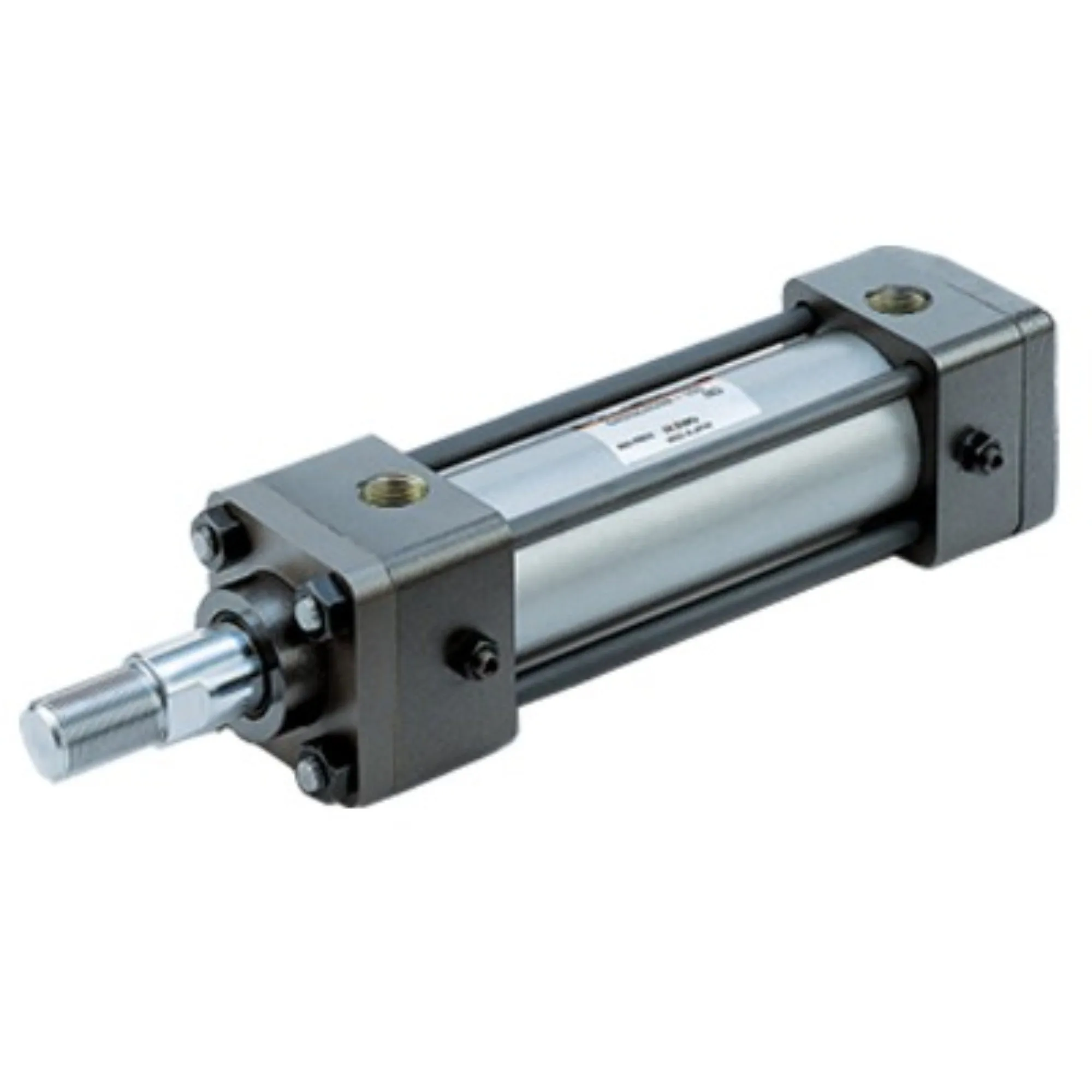Unlocking the Potential: The Power of Locking Single-Acting Hydraulic Cylinders
Introduction to Locking Single-Acting Hydraulic Cylinders
The locking single-acting hydraulic cylinder is a marvel of engineering that combines precision design with robust construction to deliver unparalleled performance in assembly lines and industrial applications. This specialized cylinder operates under hydraulic pressure in one direction and features a locking mechanism that prevents movement in the absence of pressure.
Design and Construction Characteristics
- Locking Mechanism – Safety: The key feature of the locking single-acting hydraulic cylinder is its locking mechanism, which ensures the piston remains securely in place even when hydraulic pressure is lost. This mechanism can take the form of a mechanical or hydraulic lock, providing added safety and stability.
- Variety: The design of the locking mechanism can be customized to suit specific applications, utilizing spring-loaded devices, pin locks, or other mechanical components tailored to the task at hand.
- Compact Structure – Space Optimization: These cylinders are designed to be compact, making them ideal for use in confined spaces and a wide range of equipment, ensuring maximum efficiency.
Precision Manufacturing
The construction of locking single-acting hydraulic cylinders demands high-precision machining to achieve optimal performance. Components are manufactured with meticulous attention to detail to ensure tight fits and superior sealing, preventing any risk of leakage.
Assembly Process
Specialized assembly by skilled technicians is essential to ensure proper installation and calibration of individual components. A rigorous pressure test is conducted post-assembly to validate performance and integrity, guaranteeing reliability.
Working Principle of Locking Single-Acting Hydraulic Cylinders
The operation of locking single-acting hydraulic cylinders hinges on a unique single-acting mechanism, where hydraulic oil drives the cylinder forward while a locking mechanism holds the position. This locking function, whether mechanical or hydraulic, safeguards against unintended retractions under load, ensuring operational safety.
Types and Configurations

There are three distinct types of locking single-acting hydraulic cylinders, each offering specific advantages based on application requirements:
- Type 1: Spring-loaded locking devices for quick and secure locking.
- Type 2: Pin locks for precise positioning in critical operations.
- Type 3: Customized mechanical locks tailored to unique applications.
Benefits of Locking Single-Acting Hydraulic Cylinders
- Enhanced Security: Locking mechanisms significantly reduce the risk of accidental retractions, enhancing operator safety in high-pressure environments.
- Reliability: These cylinders are designed to withstand heavy loads and harsh conditions, ensuring consistent performance and longevity.
- Simplicity: Easy to operate and maintain, making them a user-friendly choice for diverse applications.
Application Scenarios
Locking single-acting hydraulic cylinders find extensive use in various industries:
- Construction Equipment: Commonly employed in cranes, hoists, and lifts to secure heavy loads during operations.
- Manufacturing: Used in presses for forming materials under high pressure, requiring precise locking for safety.
- Transportation: Vital for stabilizers and jacks in vehicles to ensure stability during maintenance or transit.

Design Considerations and Selection Criteria
When choosing locking single-acting hydraulic cylinders, factors such as bearing capacity, sealing efficiency, durability, safety features, and ease of maintenance play a crucial role in determining the optimal solution for your specific needs.
Sealing and Lubrication
Proper sealing and lubrication are vital for the longevity and performance of locking single-acting hydraulic cylinders. Utilizing high-quality seals and regular lubrication maintenance can enhance wear resistance and prevent leaks, ensuring smooth operation.
Regular Inspection and Maintenance
Implementing a proactive maintenance schedule with regular inspections and timely replacements of worn components is essential for ensuring the continued reliability and efficiency of locking single-acting hydraulic cylinders.
Installation Guide
Follow these guidelines for correct installation of locking single-acting hydraulic cylinders to maximize performance and safety in your operations:
- Ensure proper alignment and secure mounting of the cylinder.
- Follow manufacturer instructions for installation and calibration.
- Verify system pressure and functionality post-installation.
Maintenance Tasks
Key maintenance tasks for locking single-acting hydraulic cylinders include regular inspections, lubrication, seal replacements, and calibration checks to optimize performance and longevity.


Safety Considerations and Environmental Factors
Adhering to safety protocols and considering environmental factors when using locking single-acting hydraulic cylinders is essential to prevent accidents and minimize impact on the surroundings.
Fault Diagnosis and Troubleshooting
Understanding common problems and implementing effective troubleshooting measures for locking single-acting hydraulic cylinders can help maintain operational efficiency and address issues promptly to avoid downtime.
Unit Power and Optimization
Optimizing the power unit of locking single-acting hydraulic cylinders can significantly improve efficiency, energy savings, and reliability, providing a competitive edge in various industrial applications.
Company Focus
Our company is a leading manufacturer of hydraulic cylinder replacements, offering a comprehensive product line and customized services to meet the diverse needs of our customers. With a commitment to quality, professionalism, and customer satisfaction, we have established ourselves as a trusted supplier in both domestic and international markets.
